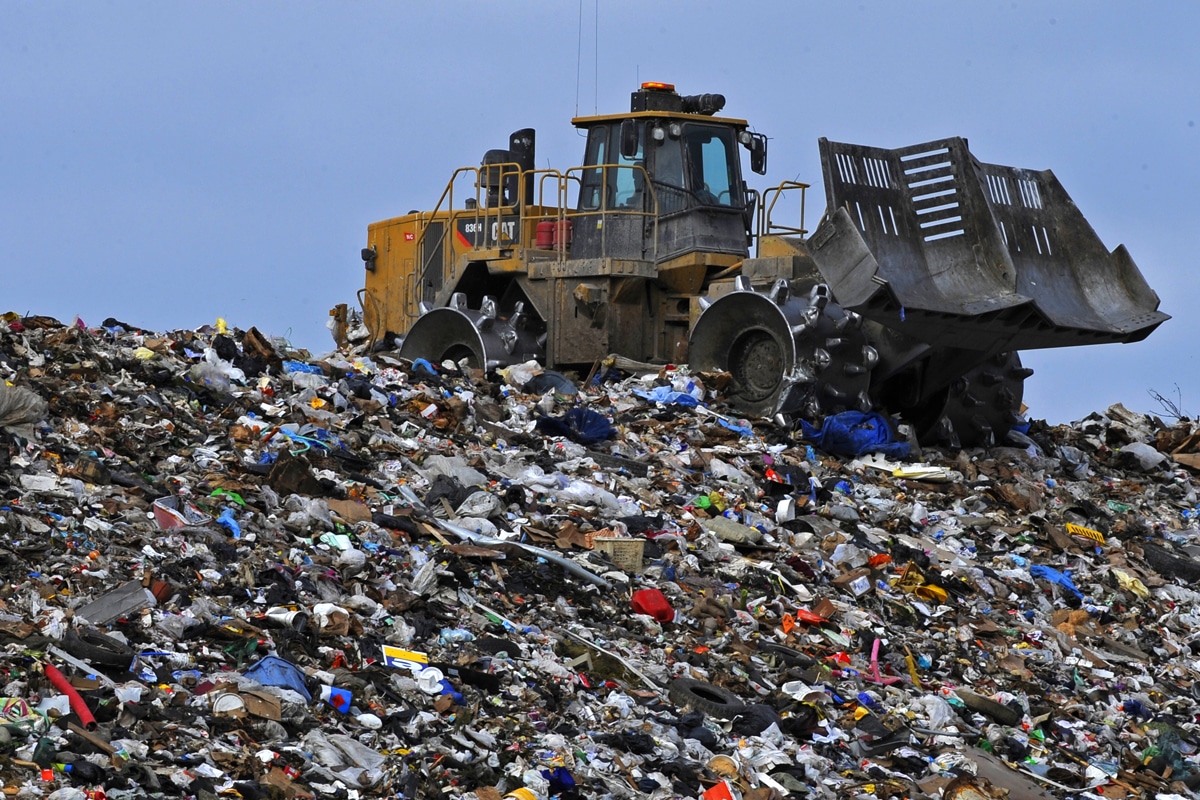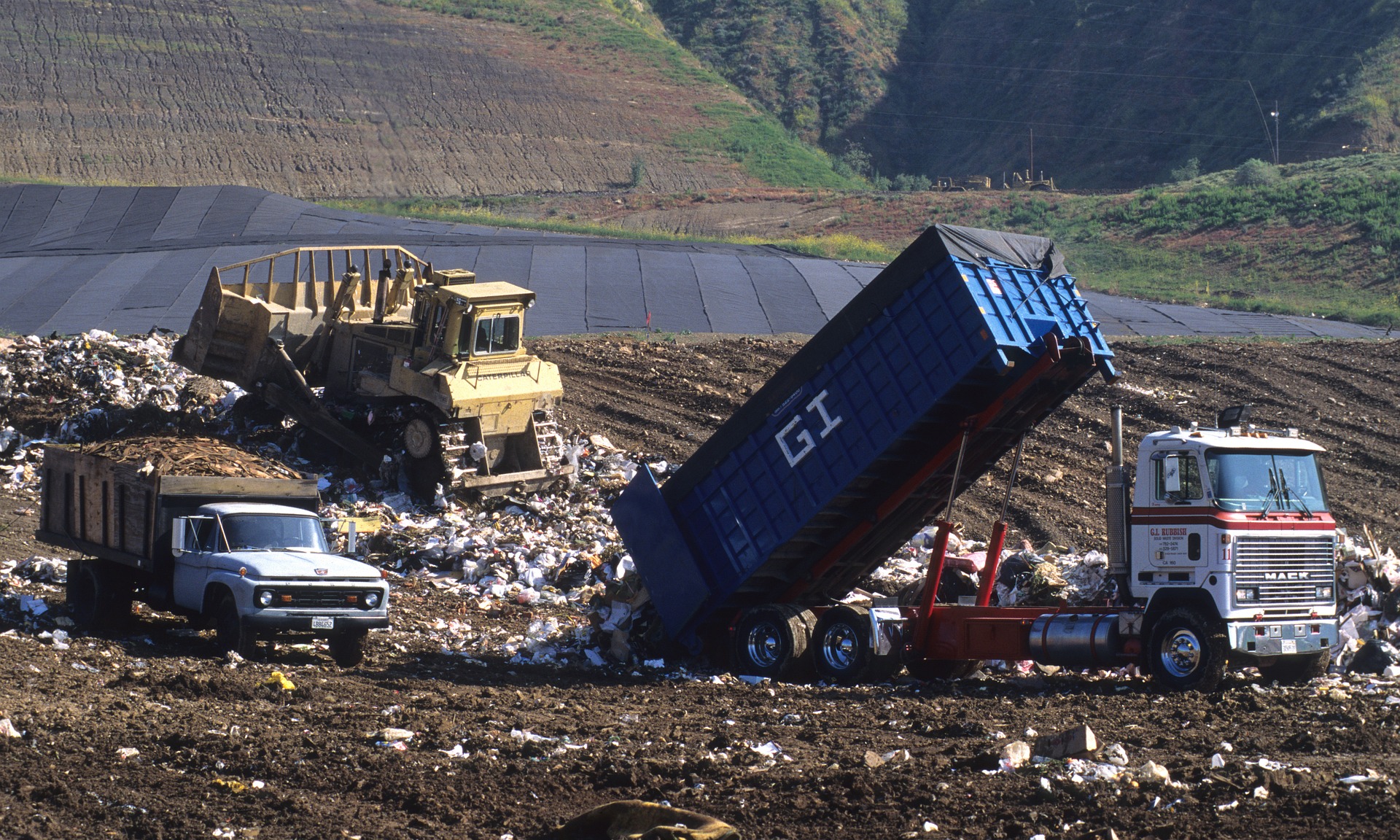Land pollution is a serious problem that impacts humans, animals, and the earth. Without taking measures now to reduce pollution levels, permanent changes to the land can occur. The adverse changes to the environment due to land pollution are subtle, but the problem is much bigger than it appears.
Even though most people have a general understanding of pollution, they may not realize the significance of land pollution. Here is a look at land pollution, its causes, its impact, and solutions to the problem.
What Is Land Pollution?
The basic definition of land pollution is the destruction and contamination of the land through the direct and indirect actions of humans. The pollution results in changes to the land, such as soil erosion. Some of the changes are irreversible, while others are not.
The effects of land pollution do not necessarily appear overnight. It is the result of long-term destruction from human activities. For instance, the damage from chemicals from an oil spill can take months or even years to be fully realized.
Causes of Land Pollution
There are several known causes of land pollution. Of those, there are six factors that contribute more than others.
1. Deforestation and soil erosion
When forests are cleared for development and to meet the demand for wood supply, the soil is loosened in the process. Without the protection of the trees, the land becomes barren over time and starts to erode.
2. Agricultural chemicals
Part of the farming process often involves the use of harmful pesticides and insecticides to protect crops. However, the chemicals can cause the land to become barren. The once-fertile soil is then more susceptible to environmental elements, such as the wind.
3. Industrialization
The Industrial Revolution may have resulted in significant positive changes to the economy and society, but it also led to significant pollution of the land. Through unsafe disposal practices for chemicals used in manufacturing, poor regulation, and the overwhelming number of industries and factories that are polluting the land daily, industrialization has become one of the main contributors to the pollution problem.
4. Mining
The mining process can lead to the creation of large open spaces beneath the surface of the earth. This can result in the land caving in, which compromises the integrity of the land. Mining also results in harmful chemicals, such as uranium, being disturbed and released into the environment.
5. Landfills
The garbage found at landfills is filled with toxins that eventually seep into the earth. During rains, the toxins are washed into other areas and the pollution is spread. As the population grows, the amount of garbage filling landfills also grows.
6. Human sewage
Untreated human waste can produce toxic gases that can seep into the ground. As with air pollution, the soil quality is negatively impacted, and land nearby can be contaminated. In addition to this, the probability of human illnesses occurring increases.

Effects of Land Pollution
The contamination of the land has far-reaching consequences that can be catastrophic for water, soil, and animals. There are several possible consequences of land pollution to the environment and animals, including these top five:
1. Ground water poisoning
Depending on the soil and whether the chemicals were improperly disposed of on the land, the chemicals could end up in the ground water. The process is known as leaching. It can occur on farms, industrial sites, and landfills.
2. Water nutrient enrichment
Chemicals, such as nitrogen, are used frequently on farms. Only a small portion of the nutrients end up benefitting the crops. The remainder usually ends up in water that is populated by fish, algae, and other lifeforms. The nutrient-heavy water saps up most of the oxygen in the water, which leaves little for fish and other life. When this happens, the water is unable to support most lifeforms. For more information on water polution, click here.
3. Loss of topsoil
As chemical fertilizers and pesticides are used to maintain crops, the topsoil’s composition becomes altered. The soil becomes more susceptible to harmful fungus species and begins to erode. It is important to conserve our soil to maximize land productivity.
4. Shifting habitat
As deforestation and soil erosion progress, animals are forced to move to find shelter and food. For some animals, the change is too traumatic, and this has led to some dying. As a result, some species are at a greater risk of extinction.
5. Increased risk of wildfires
The dry conditions created by pollutants in the soil help to create the perfect environment for wildfires. The fires can grow quickly because of the dry conditions and widening area of polluted land.
Effects of Land Pollution on Humans
The impact of land pollution is not limited just to the earth and animals. Humans can also experience negative consequences that can influence quality of life and health.
Some of the potential consequences include birth defects, the development of breathing disorders, skin diseases, and cancer. Most of these develop after exposure to waste from water poisoning and soil contamination.
Land pollution has also been linked to developmental deficits in children. Chemicals that are commonly found in contaminated soil and water, such as lead, have can impact a child’s cognitive development even if the exposure is very low.

Solutions to Land Pollution
There are several possible solutions to land pollution, including conservation. Conservation focuses on preserving natural resources, such as soil and plants. The efforts to conserve resources can start with utilizing sustainable practices.
For instance, leaving some of the trees in a forest to naturally die and decay. This not only leaves the cover needed for the soil and other vegetation, but it helps to provide the nutrients that the soil needs to remain fertile. Other solutions include:
- Proper waste disposal that focuses on treating waste and disposing it in the safest manner possible.
- Reusing materials to reduce the need for harvesting of resources. Products that are not reusable can likely be recycled.
- Reducing the usage of non-biodegradable materials, such as plastic shopping bags. The simple act of switching to a reusable cloth bag for groceries can help cut down on the need for non-biodegradable materials.
- check Organic gardening can reduce the usage of pesticides and insecticides. Non-gardeners can help by buying organic food.
Conclusion
The negative consequences of land pollution can be greatly reduced with the cooperation of everyone. By making a conscious effort to contribute to a safer environment, the health and well-being of all can be protected.









